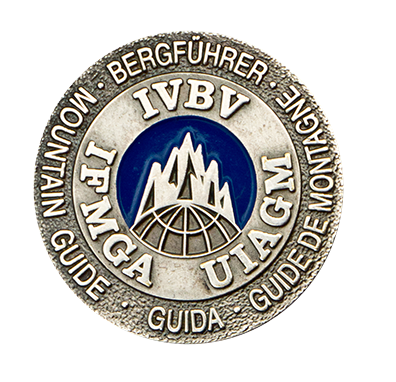




Nellie Juan Lake with Jeff
Supercub plane skiing on the Kenai Peninsula with Jeff Conaway.

Mount Washington Ice Fest
Mount Washington Valley Ice Climbing festival near North Conway, New Hampshire.

Kootenay Avalanche Courses
Backcountry skiing, snow cat skiing and an level 2 avalanche course near Rosssland, British Columbia.


Swan Lake Ice Skate
Nordic ice skating with Roman Dial on the Swan Lake Canoe Trails, Kenai Peninsula, Alaska.

Kodiak Island
Avalanche course and rope rescue skills on Kodiak Island with the Kodiak Island Search and Rescue, Alaska.






Dale Guiding the Matterhorn
AMGA technical director Dale Remsburg on the summit of the Matterhorn after guiding a client up the Hornli Ridge.

Arctic Refuge Mountaineering
Mountaineering in the Arctic National Wildlife Refuge in Alaska's Brooks Range.

2015 Western Chugach #3
Ski mountaineering in the Western Chugach Mountains, near the Eklutna Traverse, Alaska.

2015 Western Chugach #2
Ski Mountaineering near the Eklutna Traverse in the Western Chugach Mountains, Alaska.

2015 Western Chugach #1
Ski mountaineering near the Eklutna Traverse in Alaska's Western Chugach Mountains.

2015 Denali Ski Base Camp #4
Ski mountaineering in Denali National Park near Little Switzerland on a Denali Ski Base Camp.
